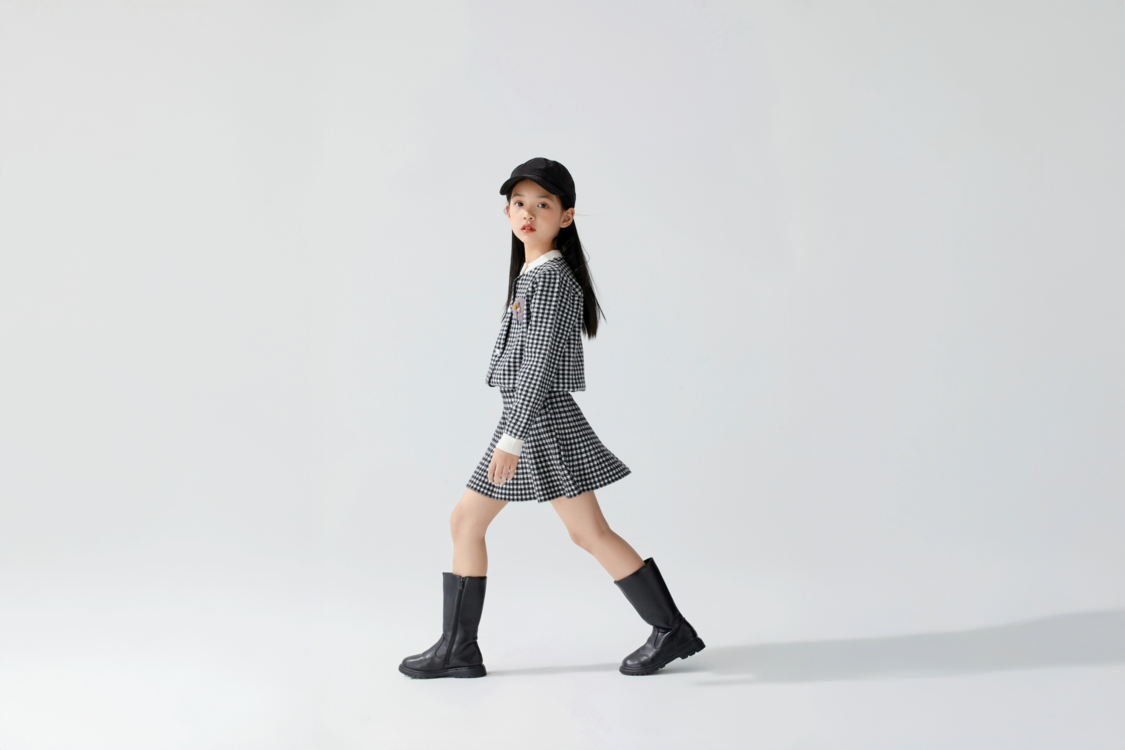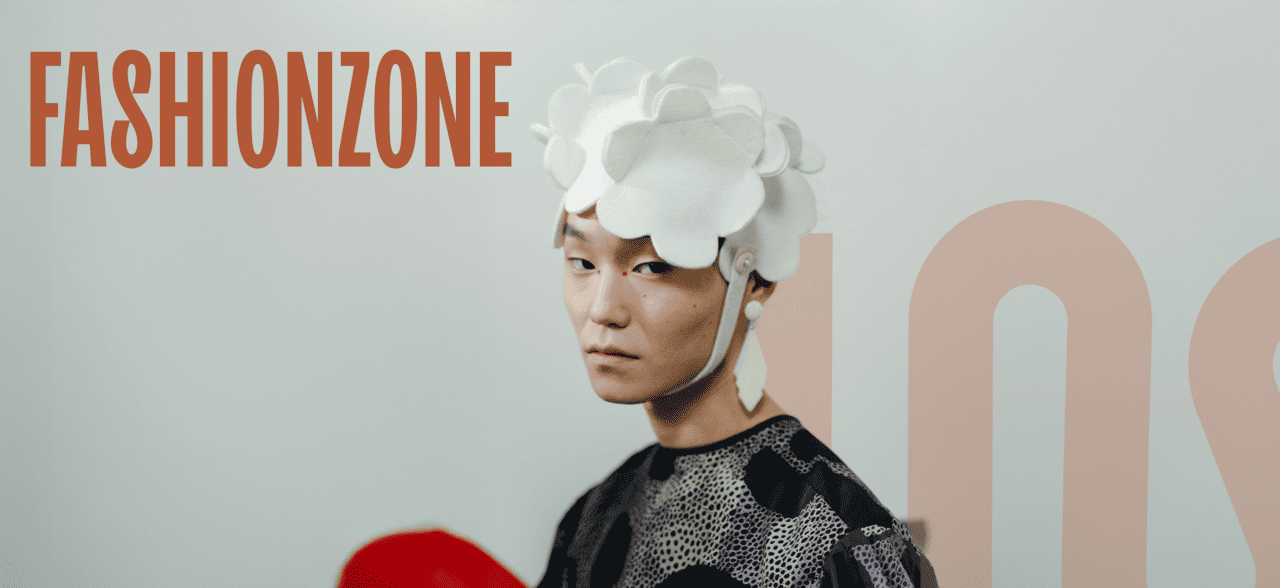May 2025
How To Price Clothing For Online E-Commerce
Ester Bazzanella

Pricing your clothing can be tricky.
You don’t want to sell yourself short, but you also don’t want to scare off potential customers with numbers that feel too high. The truth is, there’s a lot more to apparel pricing than just slapping a number on a tag.
It’s about understanding your costs, knowing your customers, and sending the right message about your brand. Psychology is just as much involved as numbers are!
In this guide, we’ll walk you through how to price your clothing with confidence and a strategy that actually makes sense for your online store.
Start with the Numbers: Know Your Costs
Before you even think about price tags, you need to get real about your costs. Every piece of clothing you sell comes with a bunch of expenses behind the scenes, and it’s essential to understand them so you can build enough room to make a profit.
Start with your direct costs.
Now, your direct costs will depend on your store’s business model. If you run a multi-brand store or sell your own clothing line, your direct costs will look a little different. If you’re reselling other brands, your cost per item is typically just the wholesale price you pay.
But if you’re producing your own clothing, you’ll need to calculate the expenses directly tied to making each product. Think fabric, trims like zippers or buttons, the labor to cut and sew, and the packaging it ships in. If you’re outsourcing your production, you might get all of this bundled into one price per unit. Either way, knowing exactly what goes into each product helps you price it in a way that’s both competitive and profitable.
Then you’ve got your indirect costs or overhead. These aren’t tied to any one item but are essential to keeping your business running. That includes your marketing budget, e-commerce platform fees, shipping and handling costs, marketing, employees, and even return processing. The behind-the-scenes expenses that keep things moving.
Once you have a handle on all that, a simple pricing formula to get you started is:
(Cost of Goods + Overhead per item) × Markup = Retail Price
Pick a Pricing Strategy That Fits Your Brand
Now that you’ve got your cost base, let’s talk about how to price apparel. Your pricing strategy should reflect your brand and your goals.
Keystone pricing is one of the most common fashion pricing strategies. It simply means doubling your cost to set the retail price. If a garment costs you $30 to make, you sell it for $60. It’s easy to calculate, but it doesn’t always leave room for things like discounts, returns, or your brand’s unique positioning.
If you’re in a competitive space, you might try competitive pricing. This means looking at how your competitors price similar garments and pieces, and adjusting your price to match or slightly beat theirs. You don’t have to undercut the competition, but it helps to know what your customers are used to seeing.
Another route is value-based pricing. This is when you price your clothing based on how much value your customer believes it offers. If your brand is all about sustainability, inclusive sizing, or premium quality, your prices might be higher, and that’s okay. A higher price can signal to customers that your products are of higher quality. The key is making sure your customers see and understand that value.
Finally, don’t overlook psychological pricing. Little details like pricing something at $49.99 instead of $50 can make a big difference. You can also use price anchoring. An example of price anchoring would be showing a $120 dress next to a $200 one, which can make the lower-priced one seem like a deal. Offering good/better/best options lets your customers pick what suits their budget.
Price Signals: Why Higher Prices Can Actually Help
Here’s a fun fact: sometimes, more expensive items actually sell better. That’s because people often associate price with quality, especially in fashion. If your shirt is $25 and your competitor’s is $75, customers might assume theirs is better, even if the quality is the same.
If you’re a premium or sustainable brand, your pricing is part of your brand story. Pricing too low can send the wrong message, making people question your values or the quality of your products. A higher price can reinforce your message that your clothes are luxury, ethically sourced, or designed to last.
Of course, the price has to match the experience. Your website, product descriptions, images, and packaging should all reinforce the value of what you’re selling. If someone is paying $100 for a tee, they expect the whole experience to feel premium.
Finding the Sweet Spot Between Affordable and Profitable
It’s not just about making money. You also want your pricing to feel right for your customers. If your prices are too high, people will bounce. Too low, and they might question your quality, or you might struggle to break even.
So how do you find the sweet spot?
- Review your sales data to identify high-performing price points.
- Run A/B tests to compare pricing performance.
- Leave room for discounts and promos.
- Always account for return rates in your pricing.
Match Your Pricing to Your Audience
Your customers’ expectations should always be part of your pricing strategy. If you’re a fast fashion brand, your shoppers are probably looking for bargains. If you’re a luxury label or sustainability-focused brand, they’re likely more concerned about quality and ethics than finding the lowest price.
Make sure your prices match the story you’re telling. A premium price signals a premium product. A budget-friendly price suggests fast, trendy, and accessible. Neither is better—what matters is consistency between your pricing and your positioning.
If you sell internationally, consider local pricing, too. Currency conversion, taxes, and local buying habits can all affect how your price is perceived. What feels affordable in one country might feel expensive in another.
Don’t Forget About Sizing (It Impacts Pricing More Than You Think)
Returns can quietly eat away at your profits; in fashion e-commerce, they’re a big deal. Most returns happen because something didn’t fit quite right. That means every time a customer sends something back, it costs you.
That’s why sizing matters when it comes to pricing.
If you have a high return rate, you’ll need to build a buffer into your pricing to account for that. Or, even better, take active measures to reduce returns. For example, implementing a virtual fitting room can help your customers pick the right size and drastically reduce your returns.
Better sizing = happier customers + fewer returns + more money in your pocket.
Price With Purpose
At the end of the day, pricing is more than just numbers. It’s a powerful tool that helps shape your brand, connect with your audience, and keep your business sustainable.
Start by understanding your real costs. Choose a strategy that fits your brand and your goals. Think about how your prices make people feel, not just what they mean on paper. And don’t forget to plan for things like returns and discounts.
If you’re looking for other ways to improve your online store’s performance, make sure to check out our article on 9 essential KPIs for fashion e-commerce.







